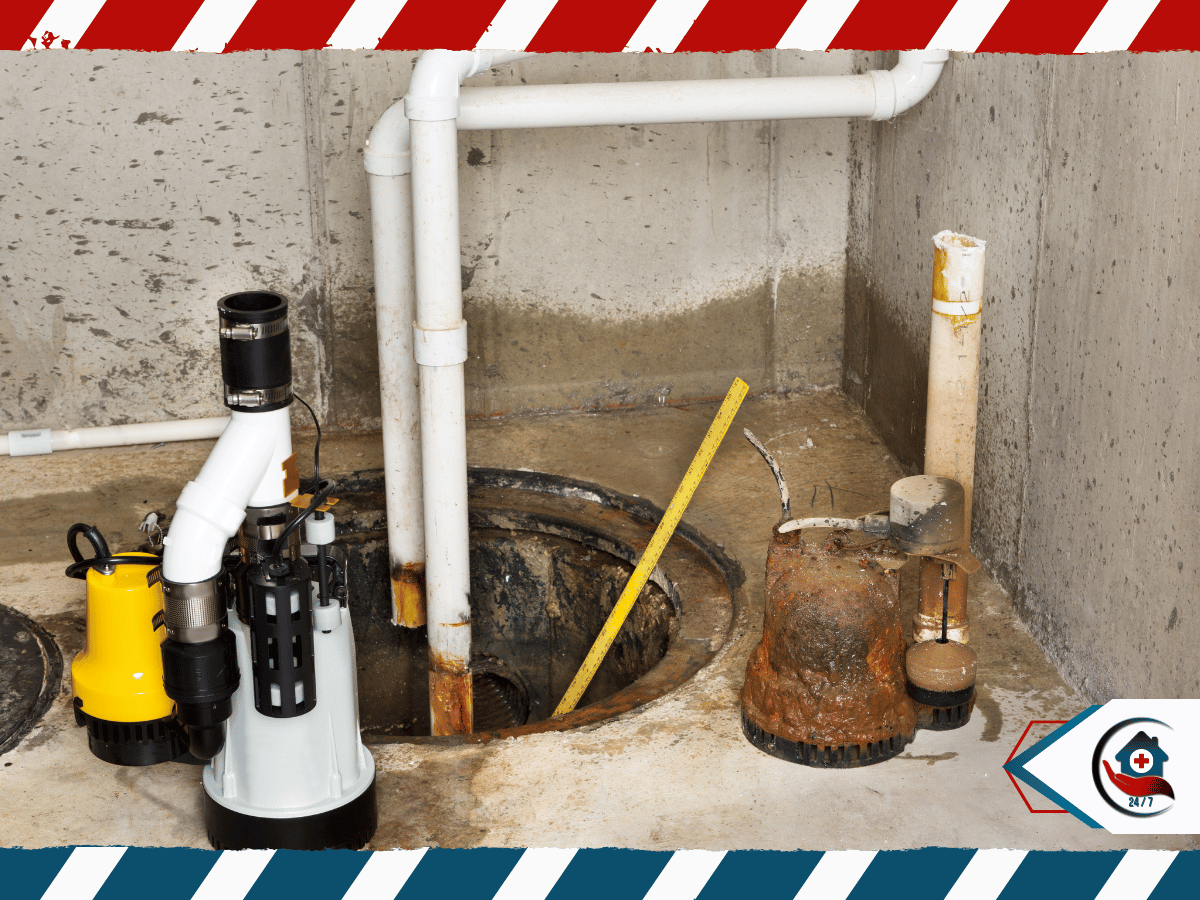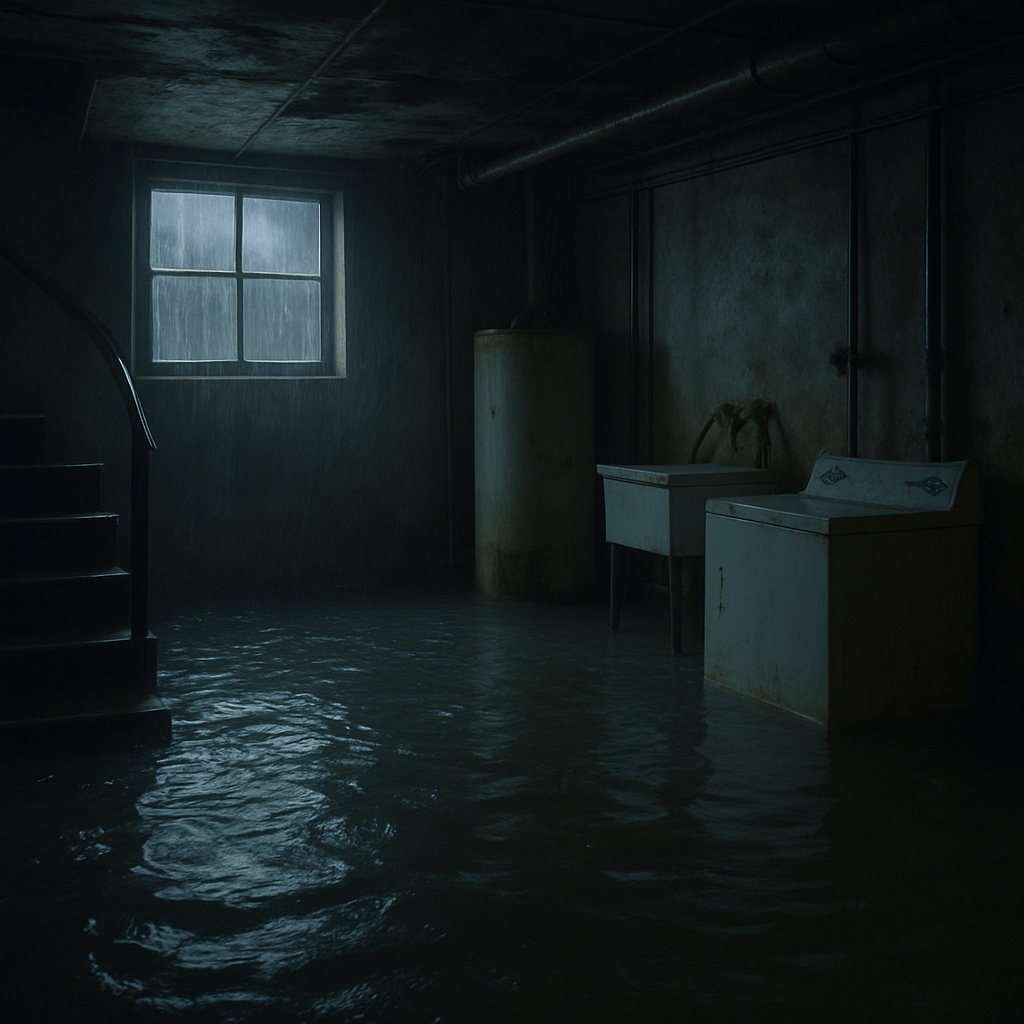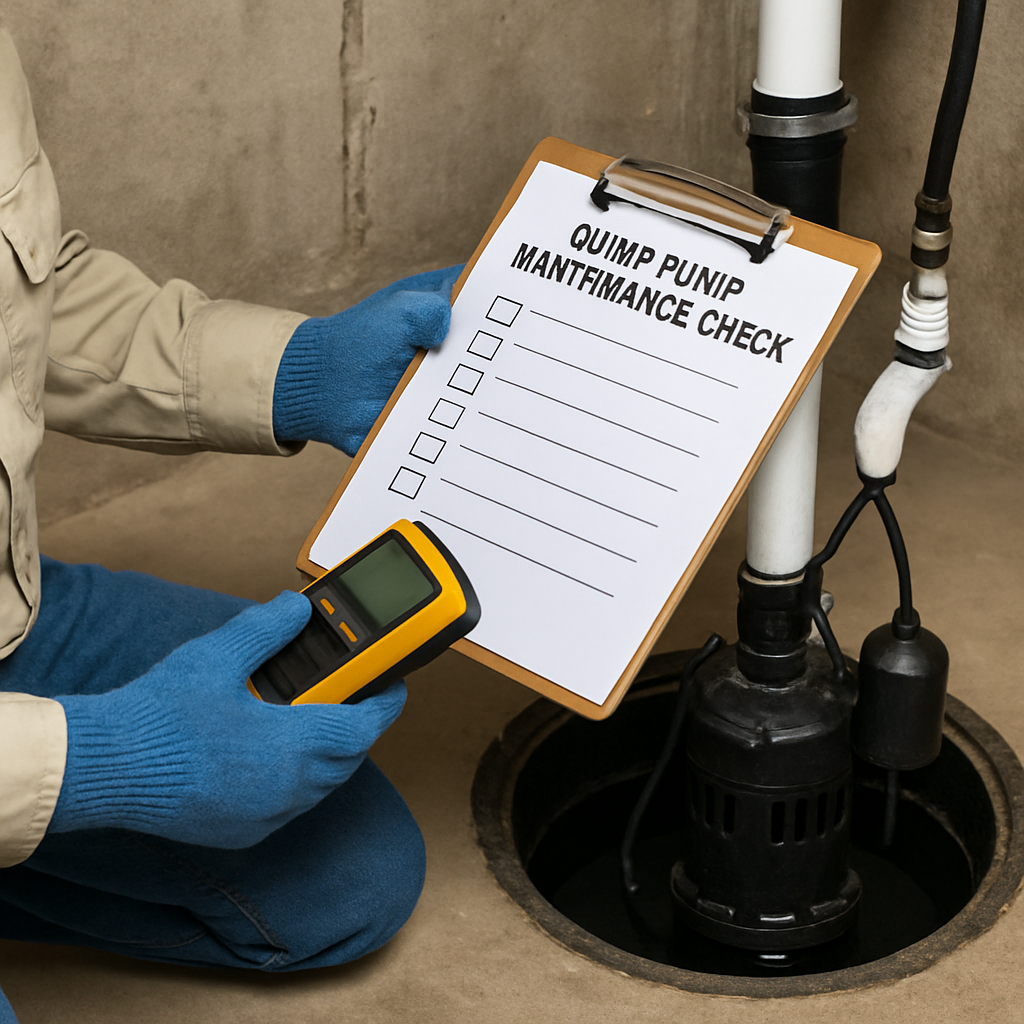Sump Pump Failure During a Storm What To Do Now and Prevent It Next Time
A storm is raging outside, the rain pouring down in torrents, and suddenly, the worst happens—your sump pump fails. Water begins to creep into your basement, threatening to cause extensive damage. At this moment, staying calm and knowing what steps to take can make all the difference.
In this guide, we’ll walk you through immediate actions to mitigate damage and strategies to prevent future sump pump failures. With a focus on clear, practical advice, you’ll be equipped to handle this stressful situation with confidence.
Assess the Situation Safely
First and foremost, ensure your safety. Avoid wading into the water—there’s a risk of electrical shock if the water has come into contact with electrical outlets. If water levels are rising, prioritize your safety and evacuate the area if necessary.
Disconnect Power
If it is safe to do so, disconnect the power to the sump pump. Locate your circuit breaker panel and switch off the power to the basement. This step helps prevent electrical hazards and allows you to safely assess the situation.
Remove Excess Water
Once it’s safe, use a wet/dry vacuum or a sump pump backup to remove standing water. If you don’t have these tools, mops and buckets can help manage smaller amounts of water. Acting quickly can help minimize damage and prevent mold growth.
Call a Professional
While you may be able to manage minor water issues, significant flooding requires professional help. Contact a trusted water damage restoration service to assess the situation and begin the cleanup process. They have the expertise and equipment to efficiently handle water extraction and drying.
Why Sump Pumps Fail
Understanding why sump pumps fail can help you take preventative measures. Common reasons include:
Power Outage
During storms, power outages are common. A sump pump without power is ineffective. Consider investing in a battery backup system to ensure your pump operates during outages.
Overwhelmed Pump
In severe storms, the volume of water can overwhelm a sump pump. Regular maintenance and choosing a pump with the appropriate capacity for your home can prevent this.
Mechanical Failure
Like any mechanical device, sump pumps can suffer from wear and tear. Regular inspections and maintenance help catch issues before they lead to failure.
Blocked Discharge Lines
Clogs in the discharge line can prevent water from being expelled from your home. Regularly check and clean these lines to ensure they are clear of debris.
Preventing Sump Pump Failure
Regular Maintenance
Schedule routine maintenance checks for your sump pump. Inspect the pump and the pit for debris, test the float switch, and ensure the discharge line is clear. Regular maintenance can significantly reduce the risk of failure.
Install a Battery Backup
A battery backup system keeps your sump pump running during power outages. This investment can save you from the stress and cost of a flooded basement.
Consider a Secondary Pump
For added security, consider installing a secondary, battery-powered pump. This pump can take over if your primary pump fails or becomes overwhelmed.
Test Your Pump Regularly
Testing your sump pump every few months ensures it’s functioning properly. Pour a bucket of water into the sump pit to see if the pump activates and effectively removes the water.
Long-Term Water Damage Prevention Strategies
by Juergen Block (https://unsplash.com/@kajo64)
Improve Drainage Around Your Home
Proper drainage around your home can prevent excess water from reaching your basement. Ensure gutters and downspouts are clear and direct water away from your foundation.
Seal Cracks and Openings
Inspect your basement for cracks in the walls and floors. Seal any openings with waterproof sealant to prevent water from seeping in during heavy rains.
Install a French Drain
A French drain system can help manage groundwater and prevent it from entering your basement. This involves installing a trench filled with gravel and a perforated pipe to direct water away from your home.
Landscape Strategically
Consider landscaping changes to divert water away from your home. Grading your yard so that it slopes away from your foundation can help prevent water accumulation near your home.
Partnering with a Trusted Restoration Company
In the event of a sump pump failure, having a reliable restoration company at your side can make all the difference. They should offer:
- Swift Response: Rapid action is crucial in minimizing water damage and preventing mold growth.
- Clear Communication: Understanding the restoration process helps alleviate stress and ensures you’re informed every step of the way.
- Professional Expertise: Trained professionals with the right equipment and experience can effectively handle water damage restoration.
By taking these proactive steps and partnering with trusted professionals, you can protect your home from future water damage and maintain peace of mind during the stormiest of times.
Conclusion
Sump pump failure during a storm can be a daunting experience, but with the right knowledge and preparation, you can mitigate damage and prevent future issues. Regular maintenance, backup systems, and professional partnerships are key to safeguarding your home. By taking action now, you ensure your home remains a safe haven, even when the weather is at its worst.







